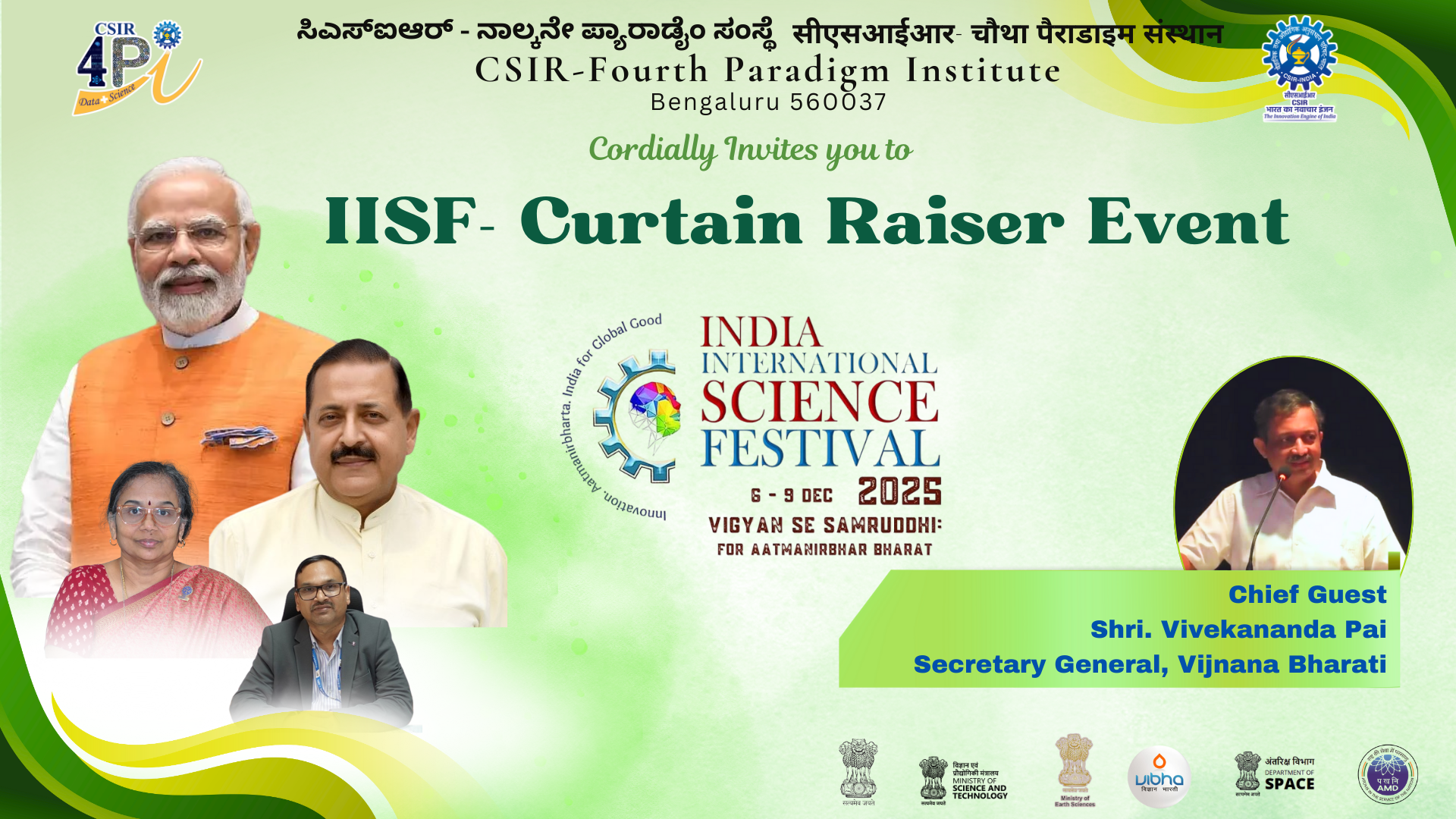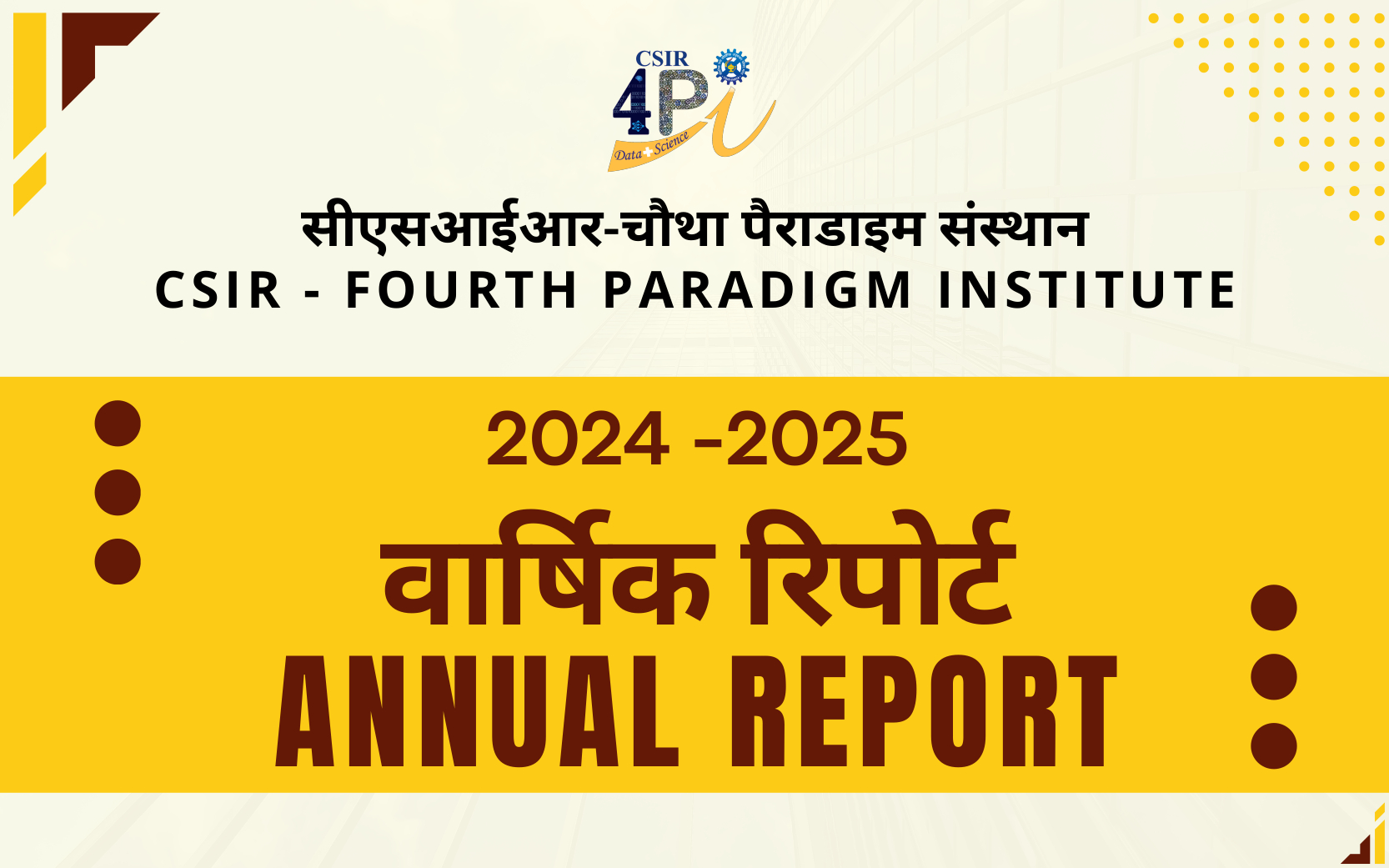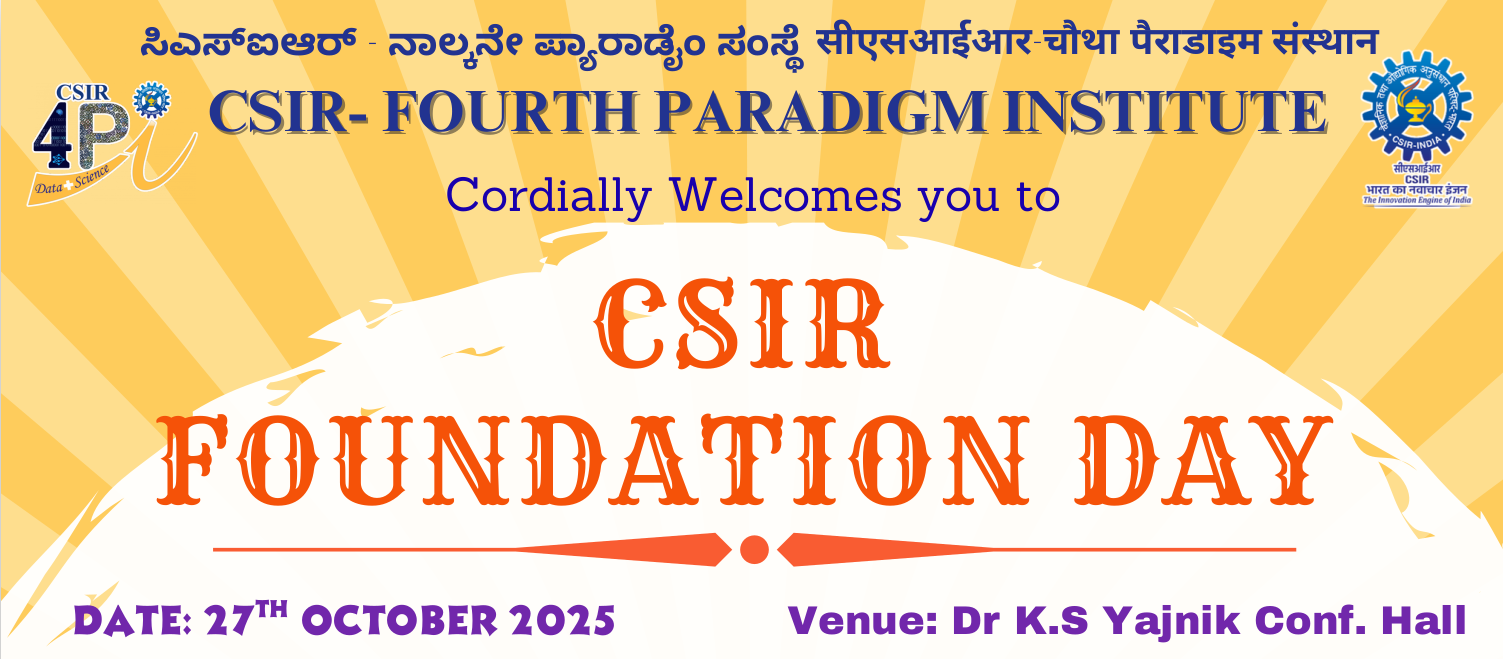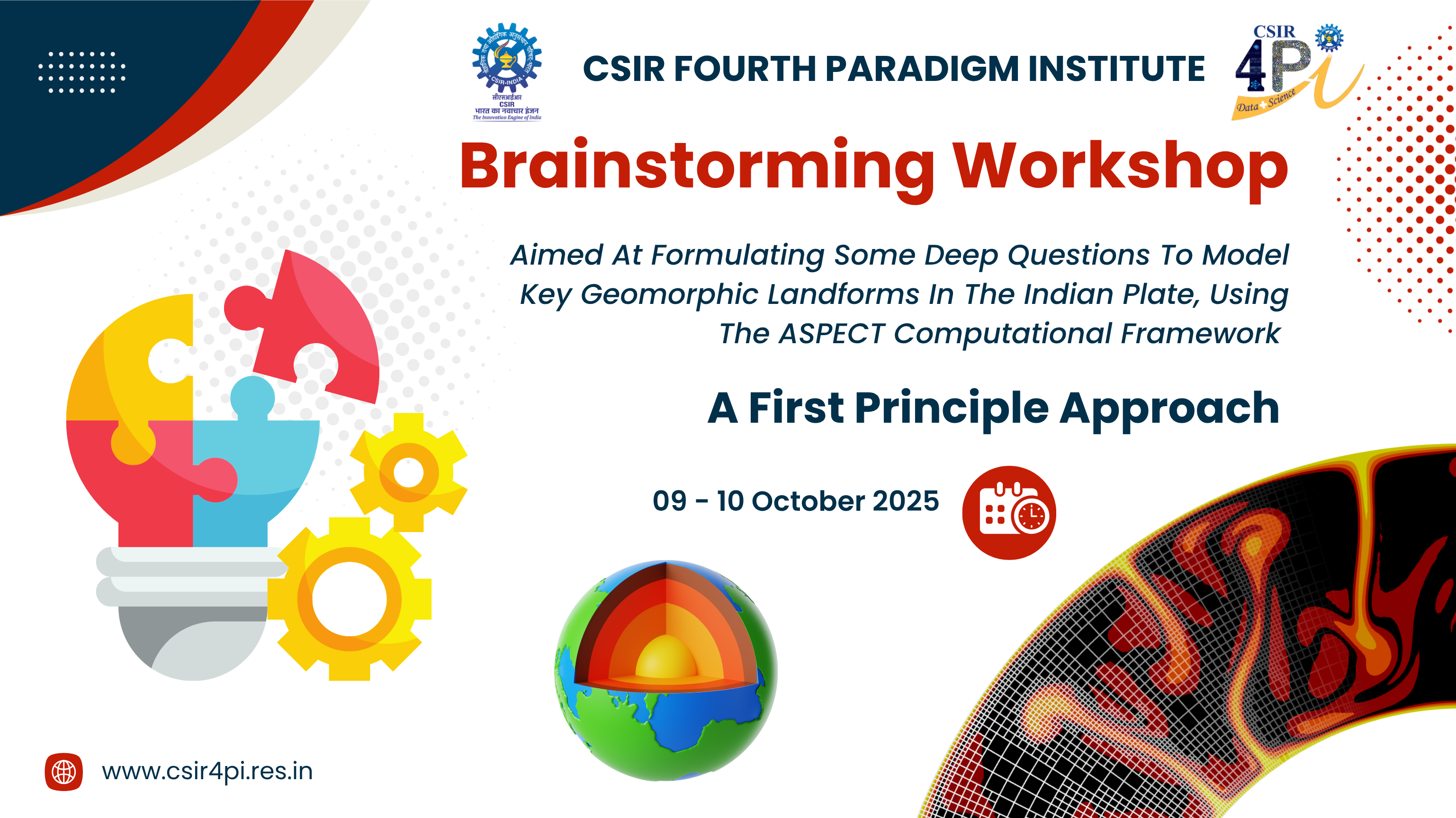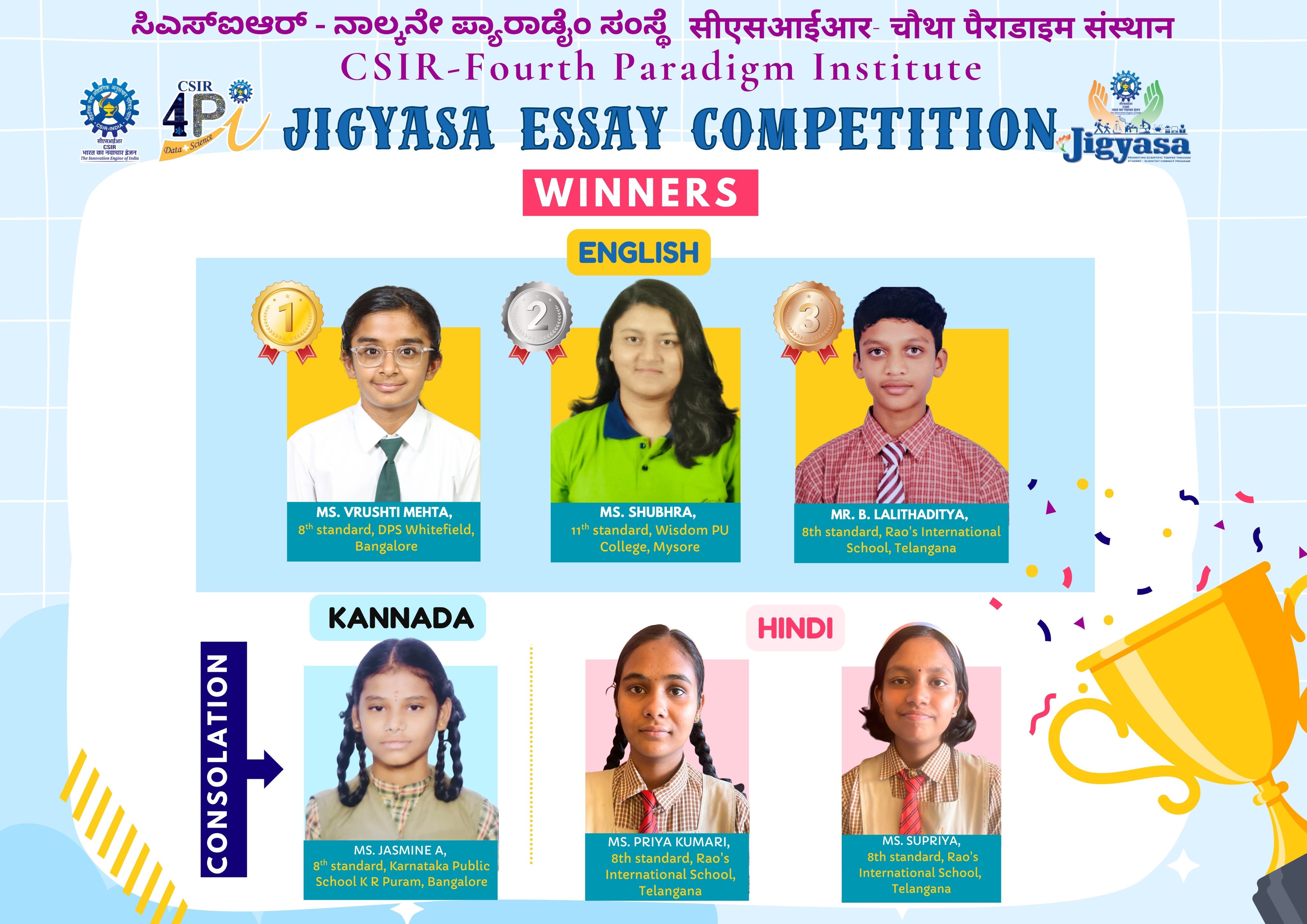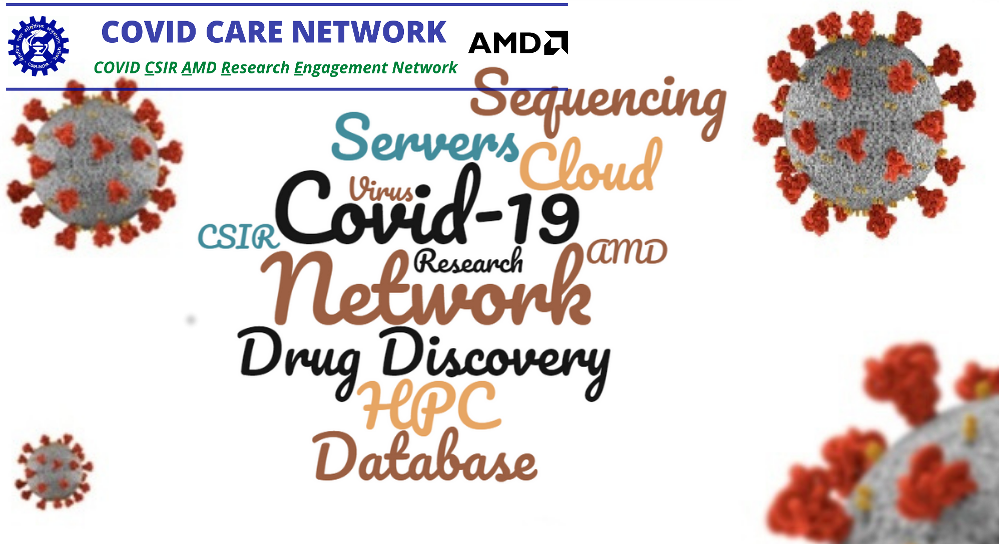Impact of assimilation of microwave imager radiance data on simulation of tropical cyclones over Bay of Bengal using National Centre for Medium Range Weather Forecasting Unified Model modelling system
by Ashish Routray, Shivaji Singh Patel, Devajyoti Dutta, K. B. R. R. Hari Prasad, K. C. Gouda, Rajeev Bhatla, V. S. Prasad
An effort was made to investigate the impact of the assimilation of microwave imager (MI) radiance observations on the simulation of tropical cyclones (TCs) using the high-resolution NCUM-4DVAR assimilation method. Two numerical experiments were performed: a control experiment (CTL) (assimilated global telecommunication system [GTS] observations) and satellite observations (SAT) (assimilated GTS plus global microwave imager [GMI] and special sensor microwave imager and sounder [SSMIS] satellite MI radiance). Assimilation of MI radiance is observed to be capable of depicting the structure, track and intensity of storms. The analysis increments of temperature and geopotential height suggested that the SAT experiment effectively adjusted the core region of TCs and systematically corrected the position in the first guess of the model. The strength of large-scale moisture transport from the underlying oceanic surface and helicity around the storms are well simulated by the SAT with the axisymmetric eye of TCs. The premature intensification of TCs is simulated by CTL, whereas the progression of the intensity of storms is relatively well captured in the SAT experiment. Dry air invading the inner core of a TC can disrupt the energy cycle and reduce storm intensity, as seen in the CTL simulations. Similarly, the negative value of diabatic heating appears around the centre of the storm with an increase of altitudes in CTL simulations, which impedes the intensity of TCs. This feature suggested that CTL simulations do not adequately bring out the intensity and vertical structure of the TCs. The track forecast of storms is considerably improved in SAT simulations compared to CTL. The forecast skill of rainfall is also relatively improved in SAT simulations. Overall assimilation of MI radiances enhanced the model's forecast skill to simulate structure, movement, intensity and precipitation associated with the storms.

